Home>Articles>Should You Replace Thermostat When Replacing Water Pump
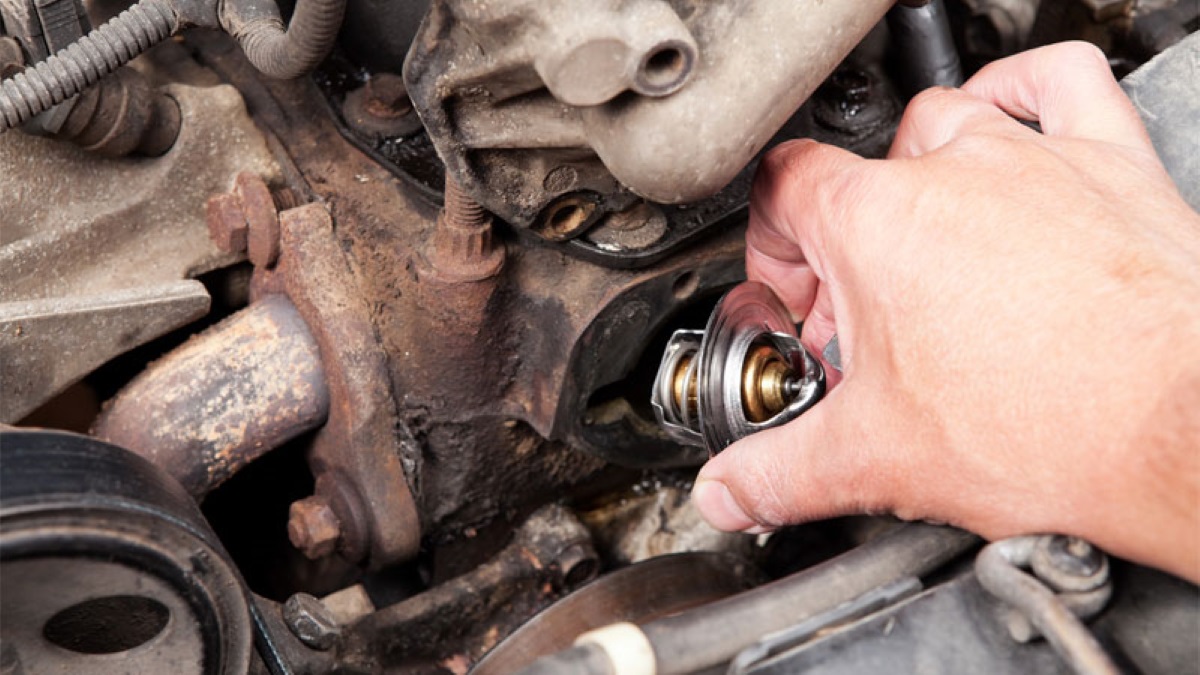

Articles
Should You Replace Thermostat When Replacing Water Pump
Modified: January 8, 2024
If you're planning on replacing the water pump, it is advisable to also consider replacing the thermostat for optimal performance and longevity. Find informative articles on this topic.
(Many of the links in this article redirect to a specific reviewed product. Your purchase of these products through affiliate links helps to generate commission for Storables.com, at no extra cost. Learn more)
Introduction
Replacing car parts can be a daunting task, especially when it comes to the thermostat and water pump. These two components are crucial for the proper functioning of the engine and the overall performance of the vehicle. But when one of them fails, does it mean you need to replace both? In this article, we will explore the relationship between the thermostat and water pump, discuss the signs of failure for each component, and weigh the reasons for replacing them together or individually.
The thermostat and water pump work hand in hand to regulate the engine’s temperature. The thermostat acts as a valve that opens and closes to control the flow of coolant into the engine. On the other hand, the water pump is responsible for circulating the coolant throughout the engine and radiator. Together, they maintain the optimal operating temperature for the engine, preventing overheating or freezing.
However, over time, these components can wear out or become faulty, leading to various problems. It is essential to recognize the signs of failure for both the thermostat and water pump to address the issue promptly and avoid further damage to the engine.
Signs of a failing water pump may include coolant leaks, overheating engine, engine noise, or a loose or wobbly pump pulley. If you observe any of these symptoms, it is crucial to have your water pump inspected and replaced if necessary. Ignoring a failing water pump can cause severe engine damage and leave you stranded on the side of the road.
Similarly, a failing thermostat can cause a range of problems, including engine overheating, poor fuel economy, or erratic temperature gauge readings. If you notice any of these signs, it is advisable to have your thermostat inspected and replaced if needed. A malfunctioning thermostat can disrupt the engine’s temperature control system, leading to engine damage or reduced performance.
Now that we understand the signs of failure for both the thermostat and water pump, let’s discuss whether it is necessary to replace them together or individually. Stay tuned for the next sections where we weigh the reasons and factors that will help you make an informed decision.
Remember, regular inspection and maintenance of these components can help prevent major issues down the road. Always consult with a qualified mechanic or follow the manufacturer guidelines when considering replacements or repairs. Let’s explore the reasons for replacing both, only the water pump, or only the thermostat in the following sections.
Key Takeaways:
- Regular maintenance and periodic inspections of the thermostat and water pump are crucial to prevent major issues and ensure optimal engine performance. Consult with a qualified mechanic for expert advice tailored to your vehicle’s specific needs.
- When considering whether to replace both the thermostat and water pump together or individually, factors such as age, maintenance history, and professional recommendations should be carefully weighed. Prioritize the functionality and longevity of your vehicle’s cooling system for a safe and enjoyable driving experience.
Understanding the Thermostat and Water Pump Relationship
Before we delve into whether you should replace the thermostat and water pump together, it’s essential to understand the relationship between these two critical engine components. As mentioned earlier, the thermostat and water pump work hand in hand to regulate the engine’s temperature and ensure optimal performance.
The thermostat acts as a valve that opens and closes to control the flow of coolant into the engine. It stays closed when the engine is cold, allowing it to warm up quickly. Once the engine reaches its operating temperature, the thermostat opens, allowing the coolant to flow and maintain a consistent temperature. It’s crucial for the thermostat to operate correctly to ensure the engine doesn’t overheat or run too cool.
On the other hand, the water pump is responsible for circulating the coolant throughout the engine and radiator. It uses a pulley and belt system that is driven by the engine to circulate the coolant effectively. As the coolant flows through the engine, it absorbs heat produced by combustion and carries it to the radiator, where it is cooled before being pumped back into the engine.
The thermostat and water pump work in tandem to create a closed cooling system. When the engine is cold, the thermostat remains closed, directing the coolant flow back to the water pump, bypassing the radiator. This allows the engine to warm up quickly. Once the engine reaches the operating temperature, the thermostat opens, allowing coolant to flow through the radiator, where it dissipates the heat before returning to the engine.
Understanding this relationship is crucial when considering whether to replace the thermostat and water pump together or individually. When one component fails, it can put added strain on the other, and replacing both may be the best course of action.
In some cases, a faulty thermostat can cause the water pump to work harder than necessary, leading to premature wear and potential failure. Similarly, a failing water pump can impact the thermostat’s ability to regulate the engine’s temperature properly. Therefore, replacing both components simultaneously can ensure they are working in harmony and prevent future problems.
However, there may be situations where only one component needs replacement. For example, if the thermostat fails, but the water pump is in good condition, replacing only the thermostat may be sufficient. Likewise, if the water pump fails, but the thermostat is still functioning properly, replacing just the water pump may be the appropriate solution.
Ultimately, the decision to replace the thermostat and water pump together or individually will depend on various factors, which we will discuss in the next sections. It’s important to consult with a qualified mechanic or follow the manufacturer’s recommendations to make the best decision for your vehicle’s specific needs.
Signs of a Failing Water Pump
The water pump plays a crucial role in the cooling system of your vehicle, circulating coolant throughout the engine and radiator to regulate temperature. As with any mechanical component, water pumps can eventually wear out or develop faults which could lead to problems if left unaddressed. Recognizing the signs of a failing water pump is essential to avoid engine damage and costly repairs. Let’s explore some common signs that indicate a water pump issue:
1. Coolant Leaks: One of the most obvious signs of a failing water pump is a coolant leak. If you notice puddles of coolant under your vehicle or see any signs of coolant dripping from the front of the engine, it might indicate a failing water pump. Coolant leaks can lead to engine overheating if not addressed promptly.
2. Overheating Engine: If your engine consistently runs hot or frequently overheats, it could be a sign of a failing water pump. The water pump’s primary function is to circulate coolant, so if it’s not functioning correctly, the coolant flow may be inadequate, resulting in overheating.
3. Engine Noise: A failing water pump can produce unusual noises, such as a grinding or whining sound. This noise may increase as the engine speeds up or decrease when the engine idles. Any abnormal noise coming from the front of the engine should be checked by a professional.
4. Wobbling or Loose Pulley: The water pump pulley is connected to the crankshaft by a belt, and a failing water pump may cause the pulley to become loose or wobbly. You might notice vibrations or a rattling noise when the engine is running, indicating an issue with the water pump.
5. Coolant Contamination: If you observe discoloration or contamination of the coolant, such as a milky appearance or presence of rust particles, it could indicate a failing water pump. Contaminated coolant can lead to clogging of the cooling system and reduced efficiency of the water pump.
6. Steam or Smoke: If you notice steam or smoke coming from the engine bay, it could be a sign of a severe water pump failure. This is usually accompanied by a strong coolant smell. If you experience this, it’s vital to pull over immediately and have your vehicle inspected by a professional.
If you observe any of these signs, it’s crucial to address the issue promptly and have your water pump inspected and replaced if necessary. Ignoring a failing water pump can lead to severe engine damage, overheating, and potentially leave you stranded.
It’s important to note that these signs can also be attributed to other issues within the cooling system, such as a radiator leak or a malfunctioning thermostat. It’s best to consult with a qualified mechanic who can perform a thorough diagnosis to identify the exact cause of the problem and recommend the appropriate repairs.
By staying vigilant and recognizing these signs, you can ensure the longevity and proper functioning of your vehicle’s cooling system. Regular maintenance and periodic inspections of the water pump can help prevent major issues and keep your engine running smoothly.
Signs of a Failing Thermostat
The thermostat is an essential component of your vehicle’s cooling system, responsible for regulating the flow of coolant into the engine and maintaining optimal operating temperature. When the thermostat fails, it can lead to a range of problems, including engine overheating, reduced fuel efficiency, and poor performance. Recognizing the signs of a failing thermostat is crucial to address the issue and prevent further damage. Let’s explore some common signs that indicate a thermostat problem:
1. Engine Overheating: One of the primary signs of a failing thermostat is engine overheating. If your temperature gauge consistently reads high or your engine frequently overheats, it may indicate a faulty thermostat. A malfunctioning thermostat may get stuck closed, preventing coolant flow and causing the engine to overheat.
2. Erratic Temperature Fluctuations: If you notice erratic temperature fluctuations on the temperature gauge or inconsistent readings, it could be indicative of a failing thermostat. The temperature gauge may show sudden increases or drops in temperature, despite normal driving conditions. This indicates that the thermostat is not functioning properly and not regulating the coolant flow effectively.
3. Poor Fuel Economy: A failing thermostat can also lead to reduced fuel efficiency. When the thermostat is stuck open, the engine may take longer to reach its optimal operating temperature, leading to increased fuel consumption. If you notice a decrease in your vehicle’s fuel economy without any other apparent reasons, it’s worth having your thermostat checked.
4. Heater Issues: The thermostat also plays a crucial role in providing heat for the passenger compartment. If you experience a lack of heat or inconsistent heat output from your vehicle’s heater, it may be a sign of a faulty thermostat. A malfunctioning thermostat can disrupt the flow of coolant to the heater core, resulting in diminished heat or no hot air at all.
5. Check Engine Light: In some cases, a failing thermostat can trigger the check engine light to come on. Modern vehicles are equipped with onboard diagnostics systems that monitor various engine parameters, including coolant temperature. If the thermostat is not functioning correctly, it may send incorrect temperature readings to the engine control unit, triggering the check engine light.
6. Coolant Leaks: While coolant leaks are more commonly associated with water pump issues, a failing thermostat can also cause coolant leaks. A malfunctioning thermostat can result in uneven coolant flow or high pressure within the cooling system, leading to leaks around the thermostat housing or gasket.
If you notice any of these signs, it’s essential to have your thermostat inspected and replaced if necessary. A failing thermostat can disrupt the engine’s temperature control system, leading to engine damage, reduced performance, and increased fuel consumption.
It’s important to note that these signs can also indicate other issues within the cooling system, such as a malfunctioning radiator or a failing water pump. Therefore, it’s best to consult with a qualified mechanic who can perform a thorough diagnosis to pinpoint the exact cause of the problem and recommend the appropriate repairs.
By recognizing these signs and addressing thermostat issues promptly, you can ensure the proper functioning of your vehicle’s cooling system, maintain optimal engine temperature, and prolong the life of your engine. Regular maintenance and periodic inspections are key to preventing thermostat-related problems and keeping your vehicle running smoothly.
Reasons to Replace the Thermostat and Water Pump Together
When it comes to replacing car parts, it’s often recommended to replace the thermostat and water pump together, especially if one of them has failed or is showing signs of failure. While it may seem more convenient and cost-effective to replace only the faulty component, there are several reasons why replacing both the thermostat and water pump simultaneously is a wise decision. Let’s explore these reasons:
1. Prevent Future Issues: The thermostat and water pump work in close cooperation to regulate the engine’s temperature. If one component fails, it can put added strain on the other, potentially leading to its premature failure. By replacing both components at the same time, you ensure that they are working in harmony and minimize the risk of future problems. It’s a proactive approach that can save you time and money in the long run.
2. Age and Wear: The thermostat and water pump are subjected to similar conditions and wear out over time. If your vehicle has reached a certain mileage or age, it’s likely that both components have experienced similar levels of wear and tear. By replacing both, you eliminate any potential mismatch between the new and old parts, ensuring optimal performance and longevity.
3. Labor Efficiency: In most cases, both the thermostat and water pump are located in the same area of the engine and require similar disassembly to access. By replacing them together, you save on labor costs as the mechanic can complete the job more efficiently. Additionally, it reduces the need for future repairs and maintenance related to one of the components, saving you time and expenses in the future.
4. System Compatibility: The thermostat and water pump are integral parts of the cooling system. Replacing them together ensures compatibility and proper functioning of the entire system. Mixing a new component with an old one may lead to imbalances or diminished performance, potentially affecting your engine’s cooling efficiency and causing further complications.
5. Peace of Mind: When you replace both the thermostat and water pump together, you have peace of mind knowing that both components are in optimal condition. It eliminates any uncertainty regarding the remaining lifespan or reliability of either component. With a new thermostat and water pump, you can confidently drive knowing that your engine’s cooling system is functioning as intended.
While there may be instances where only one of the components needs replacement, such as if the water pump fails prematurely, it’s generally recommended to replace both for the reasons mentioned above. It’s best to consult with a qualified mechanic or follow the manufacturer’s recommendations specific to your vehicle.
Remember, regular maintenance and inspections are crucial for the longevity and performance of your vehicle. If you suspect any issues with your thermostat, water pump, or cooling system in general, have it checked by a professional as soon as possible. Being proactive and addressing potential problems promptly can save you from more significant headaches down the road.
It is recommended to replace the thermostat when replacing the water pump. This is because the thermostat can also wear out over time and replacing it at the same time as the water pump can save you time and money in the long run.
Read more: When Should Water Pump Be Replaced
Reasons to Replace Only the Water Pump
While it is generally recommended to replace both the thermostat and water pump together, there are certain instances where replacing only the water pump may be sufficient. Here are some reasons why you might consider replacing only the water pump:
1. Isolated Failure: If the water pump is the only component showing signs of failure or has become faulty, there may be no immediate need to replace the thermostat. It is possible that the thermostat is still functioning properly and does not require replacement at the same time.
2. Cost Considerations: In some cases, budget constraints may prevent a complete replacement of both the water pump and thermostat. If the thermostat is in good condition or has recently been replaced, replacing only the water pump can help address the immediate issue at a lower cost.
3. Well-Maintained Thermostat: If you have been prioritizing regular maintenance of your vehicle’s cooling system and the thermostat has been properly cared for, it is less likely to fail at the same time as the water pump. In this scenario, replacing only the water pump can be a more targeted and cost-effective solution.
4. Specific Manufacturer Recommendations: Some vehicle manufacturers may provide guidelines suggesting that only the water pump needs replacement under certain circumstances. It’s essential to consult the manufacturer’s recommendations or reach out to a qualified mechanic who is experienced with your specific make and model.
5. Recent Thermostat Replacement: If the thermostat has been recently replaced, and there are no issues or signs of failure, it may not be necessary to replace it along with the water pump. However, it’s important to consider the age and condition of the thermostat to ensure it will continue to perform reliably.
It’s crucial to assess the overall condition of the cooling system and consult with a qualified mechanic before deciding whether to replace only the water pump. They can perform a thorough inspection to determine if the thermostat should be replaced as well or if it can continue to function properly.
While replacing only the water pump may address the immediate issue, it is important to monitor the performance of the thermostat closely. If you notice any signs of failure or if it has not been replaced in a while, it is advisable to consider replacing the thermostat in the near future to ensure the proper functioning of your vehicle’s cooling system.
Remember, regular maintenance, inspection, and preventive measures are key to extending the lifespan of the entire cooling system. Keeping up with recommended service intervals, coolant flushes, and monitoring the temperature gauge can help identify potential issues and address them promptly, ensuring the longevity and proper functioning of your vehicle’s cooling system.
Reasons to Replace Only the Thermostat
In certain situations, it may be appropriate to replace only the thermostat without replacing the water pump. Here are some reasons why you might consider replacing only the thermostat:
1. Isolated Thermostat Failure: If the thermostat is the only component showing signs of failure or has become faulty, it may not be necessary to replace the water pump. If there are no noticeable issues with the water pump, such as leaks or unusual noises, it could be a more targeted and cost-effective solution to replace only the thermostat.
2. Budget Constraints: If you are on a limited budget and the water pump is still functioning properly, replacing only the thermostat can address the immediate problem without incurring the additional cost of a water pump replacement. However, it is important to monitor the performance of the water pump closely and be prepared to replace it in the future if necessary.
3. Recent Water Pump Replacement: If the water pump has been recently replaced or is in good condition, it may not be necessary to replace it at the same time as the thermostat. If the water pump is functioning properly and shows no signs of impending failure, replacing only the thermostat can be a more targeted approach to resolving the issue.
4. Professional Recommendation: In some cases, a qualified mechanic may assess the condition of your cooling system and determine that only the thermostat needs replacement. Their expertise and evaluation of the specific situation can provide valuable insight into whether the water pump needs to be replaced simultaneously or if it can be deferred.
5. Specific Manufacturer Recommendations: Certain vehicle manufacturers may indicate that only the thermostat needs replacement under certain circumstances. It is important to consult the manufacturer’s recommendations or seek advice from a knowledgeable professional who is familiar with your particular make and model.
It is crucial to evaluate the overall condition of the cooling system and consult with a qualified mechanic before deciding to replace only the thermostat. They can perform a comprehensive assessment to determine if the water pump should also be replaced or if it can continue to function reliably.
Keep in mind that the thermostat and water pump work in conjunction to regulate the engine’s temperature. If the water pump is significantly older or has a history of issues, it may be prudent to replace both components to avoid future breakdowns and potential engine damage.
Regular maintenance, including monitoring coolant levels and performing routine inspections of the cooling system, is essential to catch any potential problems early on. By addressing issues promptly and proactively, you can ensure the efficient operation of your vehicle’s cooling system and extend its overall lifespan.
Factors to Consider When Deciding Whether to Replace Both
When it comes to deciding whether to replace both the thermostat and water pump together, there are several factors that you should consider. Each vehicle and situation is unique, so it’s important to evaluate these factors to make an informed decision. Here are some key factors to consider:
1. Age and Mileage: The age and mileage of your vehicle play a significant role in determining whether to replace both the thermostat and water pump. If your vehicle is older or has high mileage, it’s more likely that both components have experienced similar levels of wear and may be nearing the end of their lifespan. In such cases, it is generally advisable to replace both to ensure optimal performance and reliability.
2. Maintenance History: Consider the maintenance history of your vehicle, especially regarding the cooling system. If regular maintenance, such as coolant flushes and inspections, has been consistently performed, the components may be in better condition and may not need simultaneous replacement. However, if the maintenance has been neglected or if there have been previous issues with the cooling system, it may be more prudent to replace both components.
3. Condition of Components: Assess the condition of both the thermostat and water pump individually. If one component has clearly failed or is showing signs of major issues such as leaks or noises, it may be a good idea to replace both simultaneously. However, if only one component is exhibiting problems while the other is in good condition, it may be possible to replace only the faulty component.
4. Budget Considerations: Budget can often play a significant role in determining whether to replace both the thermostat and water pump together. Replacing both components can be costlier than replacing just one. If you are constrained by budget limitations, prioritize the component that is more critical or has a higher risk of failure. However, keep in mind that replacing both at once can potentially save you money on labor costs and prevent future issues.
5. Professional Recommendation: Consult with a qualified mechanic who can evaluate the condition of your cooling system and provide their expert recommendation. They can assess the specific situation, inspect the components, and advise whether it’s necessary to replace both or if one component can be replaced independently. Their expertise and experience can help guide you in making the best decision for your vehicle.
6. Future Plans for the Vehicle: Consider your future plans for the vehicle. If you intend to keep the vehicle for an extended period or plan on embarking on long trips, it may be more beneficial to replace both the thermostat and water pump together to ensure optimal performance and reliability. On the other hand, if you plan on selling the vehicle soon or have other reasons to minimize expenses, replacing only the necessary component may be a viable option.
Ultimately, weighing these factors and considering the specific circumstances of your vehicle will help guide your decision-making process. It’s essential to strike a balance between ensuring the functionality and longevity of your cooling system while being mindful of your budget and immediate needs. Consult with a qualified mechanic for their professional advice and expertise to make an informed decision that aligns with your vehicle’s requirements.
Conclusion
In conclusion, the decision of whether to replace both the thermostat and water pump together or individually depends on several factors. It is essential to assess the age and mileage of the vehicle, the condition of the components, the maintenance history, budget considerations, and seek professional recommendations.
While it is generally recommended to replace both components together to ensure optimal performance and longevity, there are instances where replacing only one component may be sufficient. If the failure or issues are isolated to either the thermostat or water pump, it may be more cost-effective to replace only the faulty component.
However, it is important to consider the overall health and condition of the cooling system. Aging components or a history of related problems may indicate the need for simultaneous replacement to prevent future breakdowns and engine damage. Additionally, replacing both components together during a major service or repair can save on labor costs and eliminate potential future issues.
Regular maintenance of the cooling system, such as coolant flushes and inspections, is crucial to catch any potential problems early on and ensure the longevity of the components. Periodic monitoring of temperature gauges, coolant levels, and performance is also important to detect any signs of trouble.
It is recommended to consult with a qualified mechanic or follow the manufacturer’s recommendations for your specific vehicle. They can provide professional advice based on their expertise and experience with your make and model. Their evaluation and guidance can help you make an informed decision tailored to your vehicle’s needs and your budget.
Remember, taking proactive measures and addressing cooling system issues promptly can save you from more significant headaches down the road, prevent costly repairs, and prolong the life of your engine.
Ultimately, whether you decide to replace both the thermostat and water pump together or individually, prioritize the functionality and reliability of your vehicle’s cooling system. By doing so, you can ensure a well-maintained engine that performs optimally, providing you with a safe and enjoyable driving experience.
Frequently Asked Questions about Should You Replace Thermostat When Replacing Water Pump
Was this page helpful?
At Storables.com, we guarantee accurate and reliable information. Our content, validated by Expert Board Contributors, is crafted following stringent Editorial Policies. We're committed to providing you with well-researched, expert-backed insights for all your informational needs.
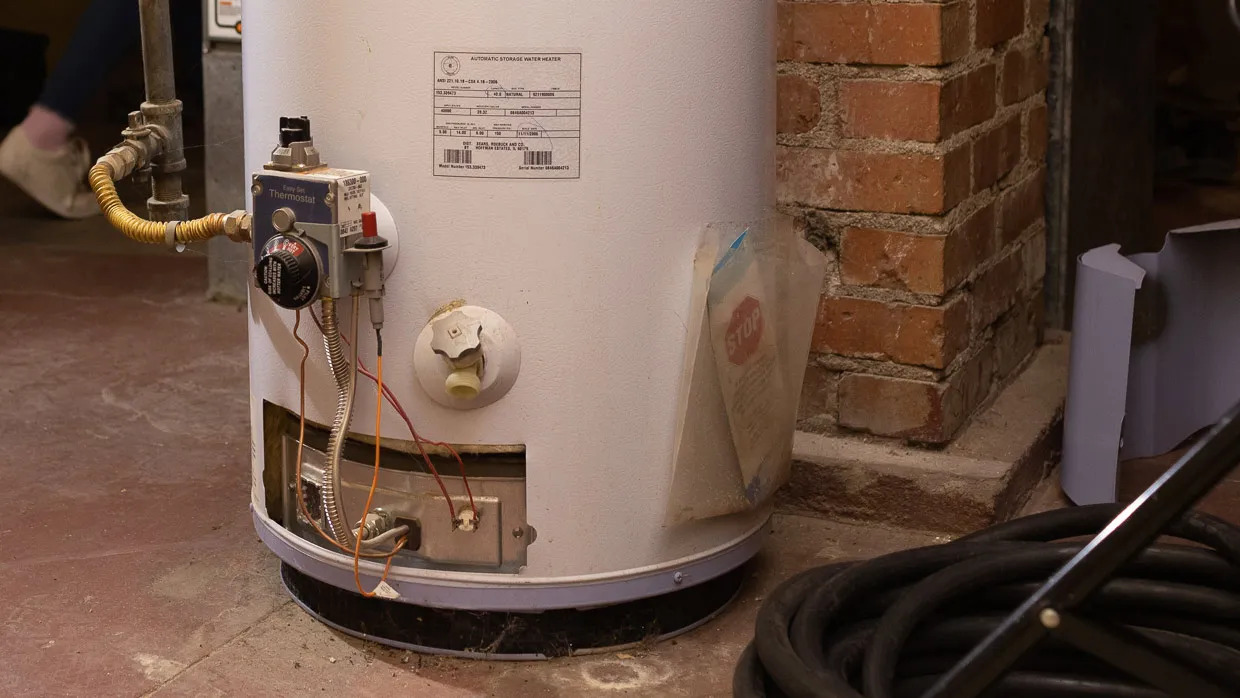
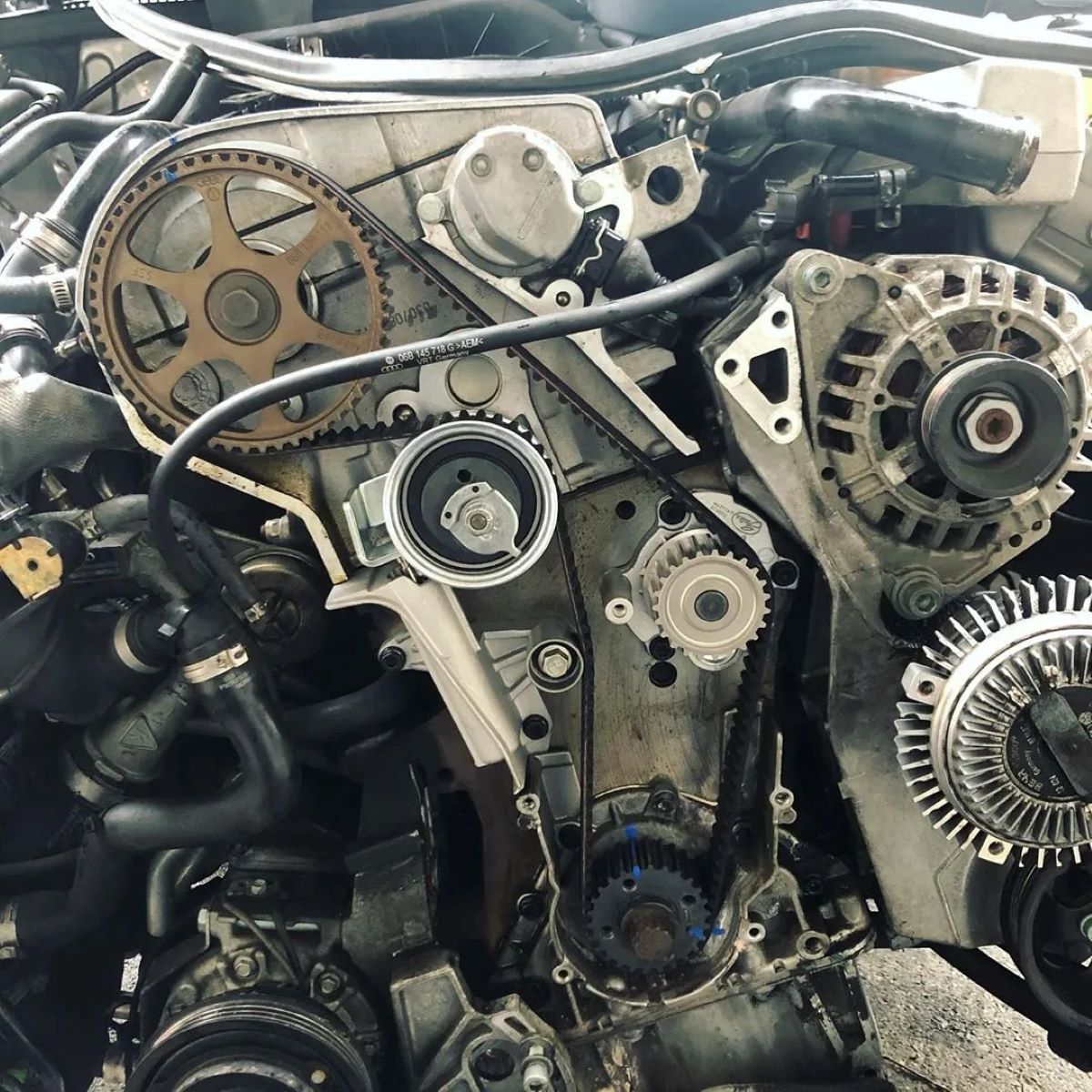
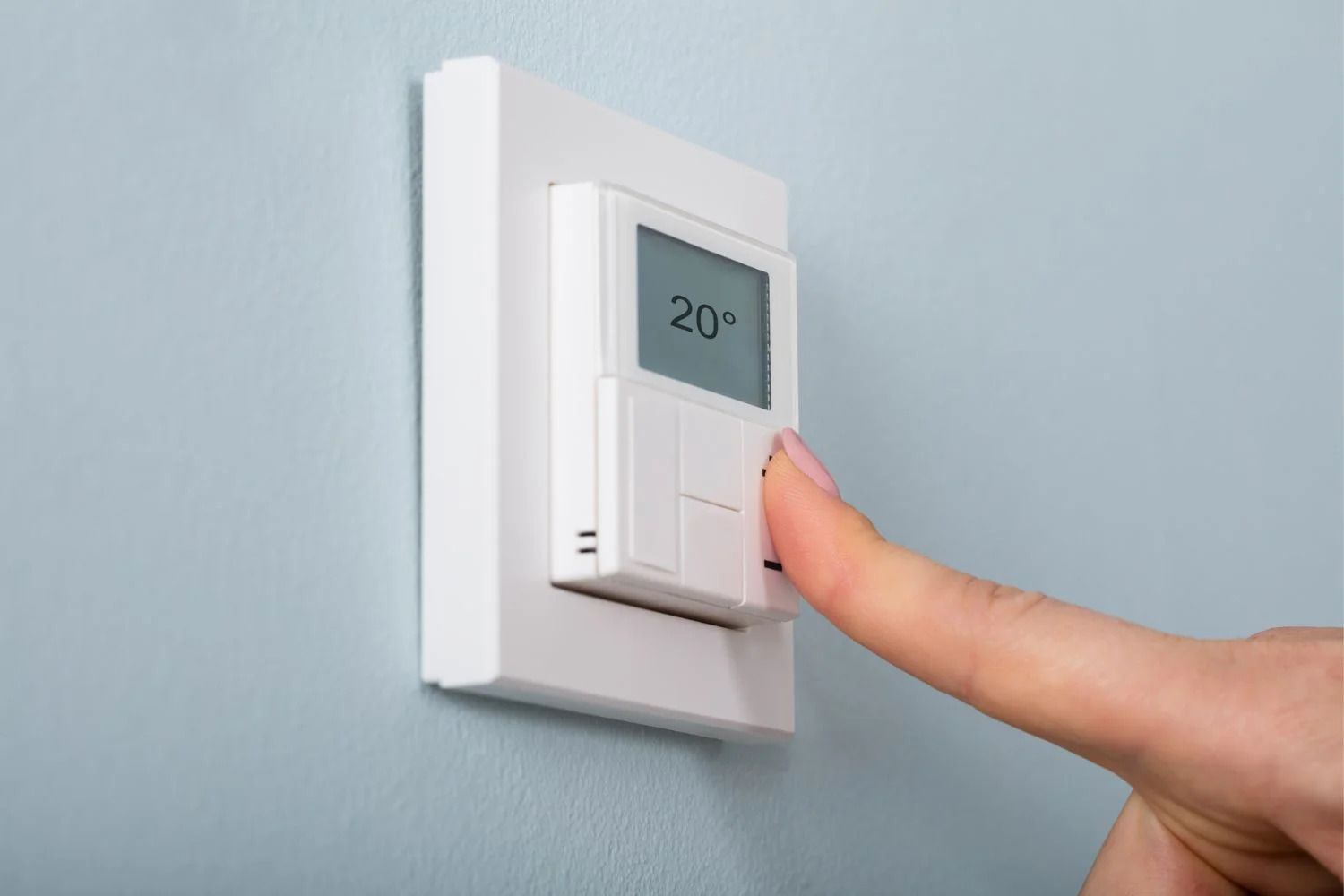
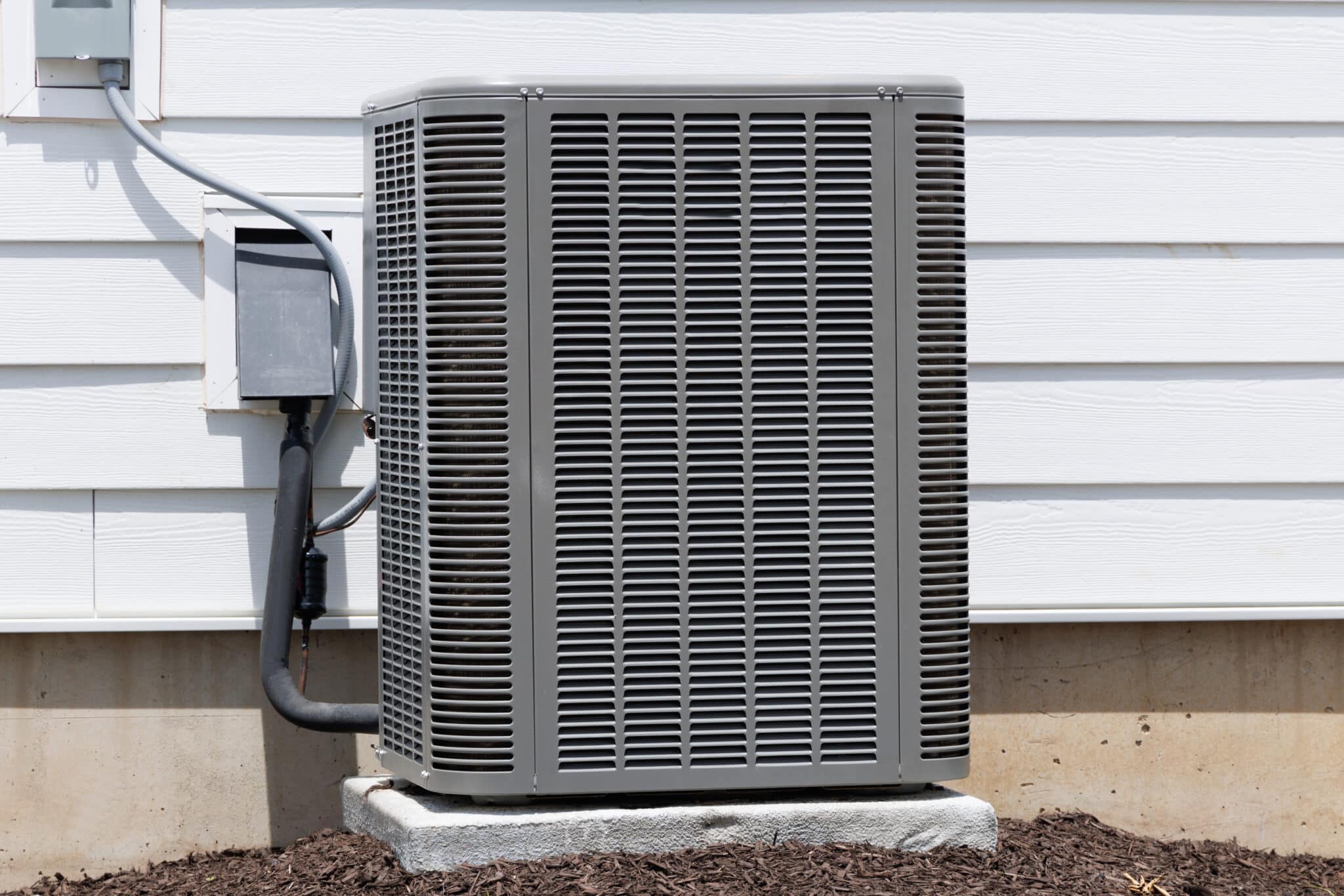
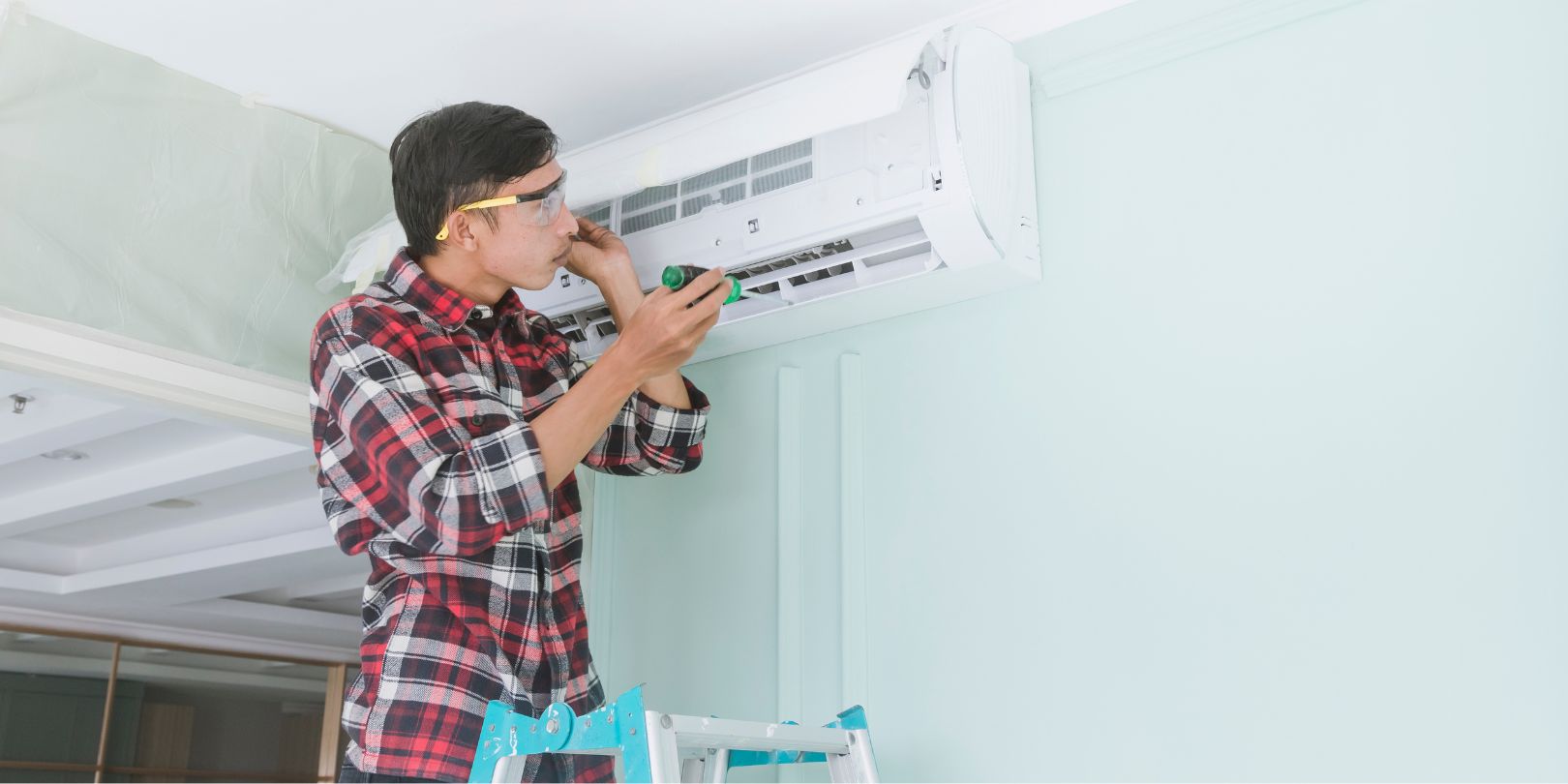
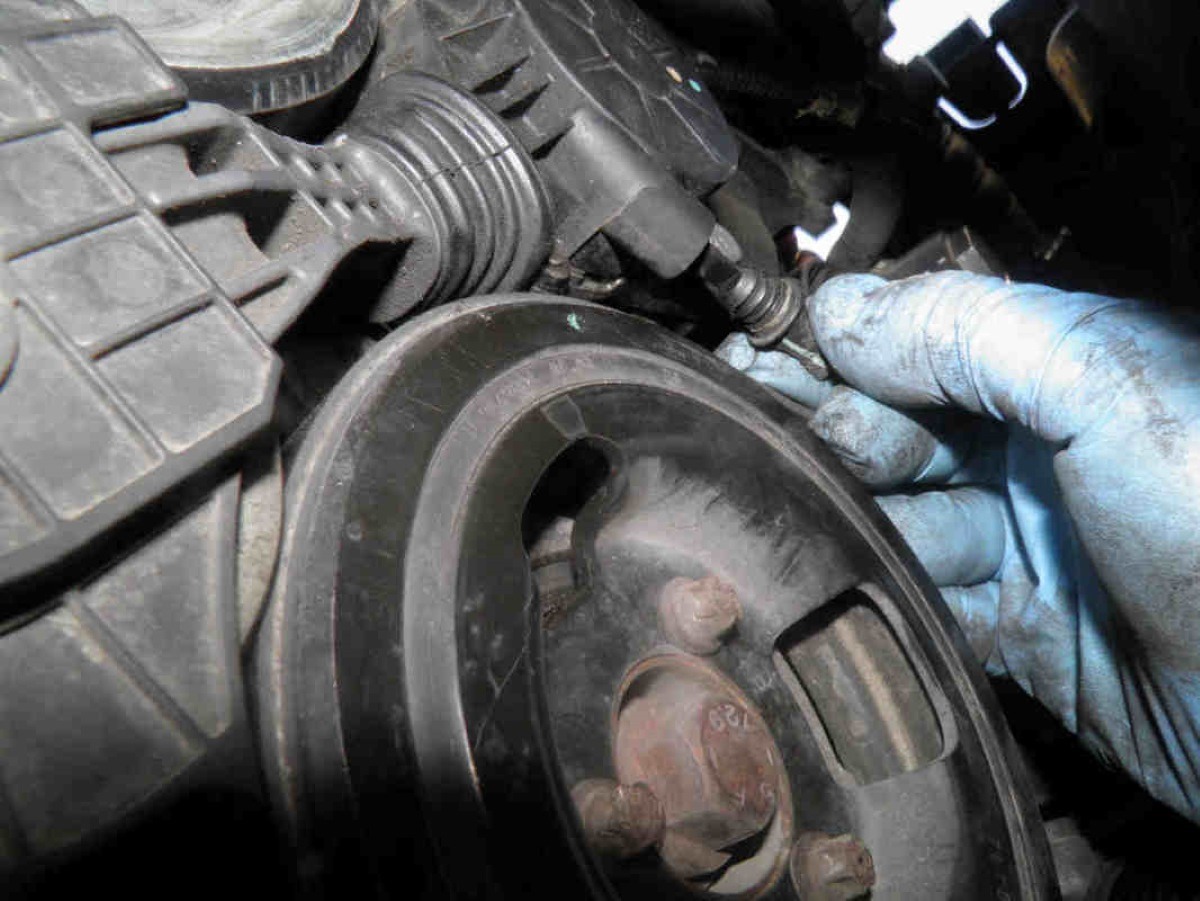
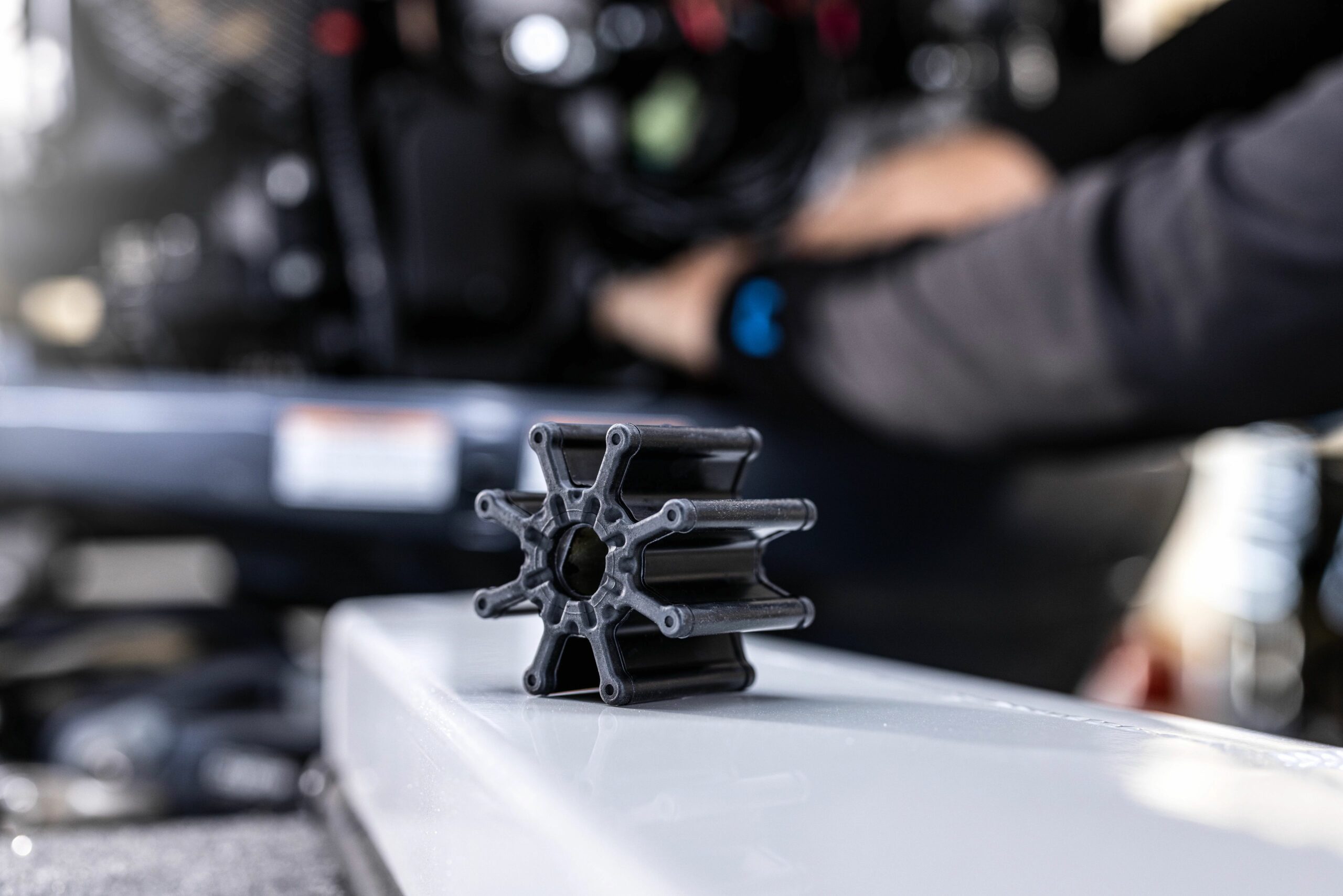
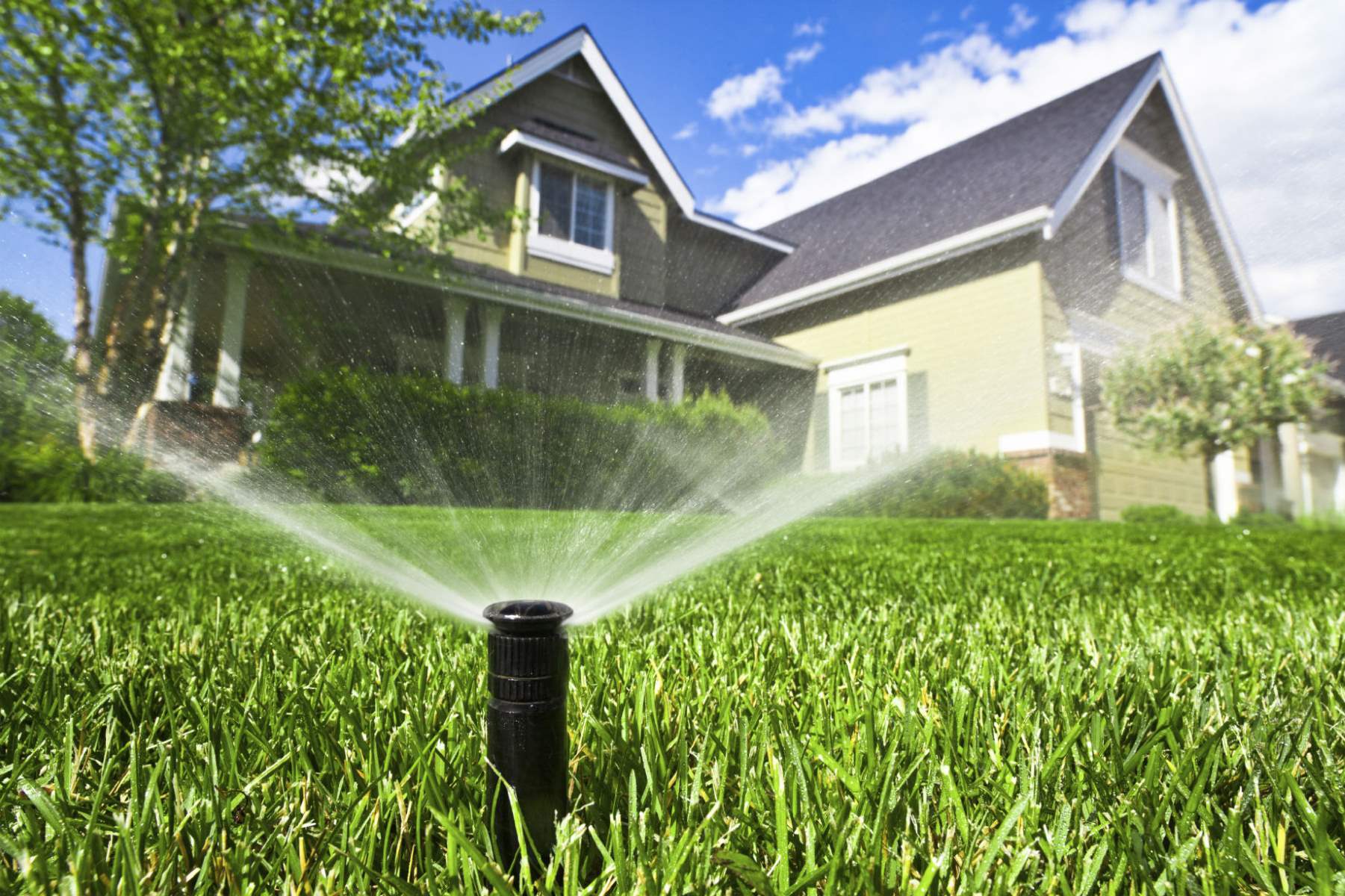
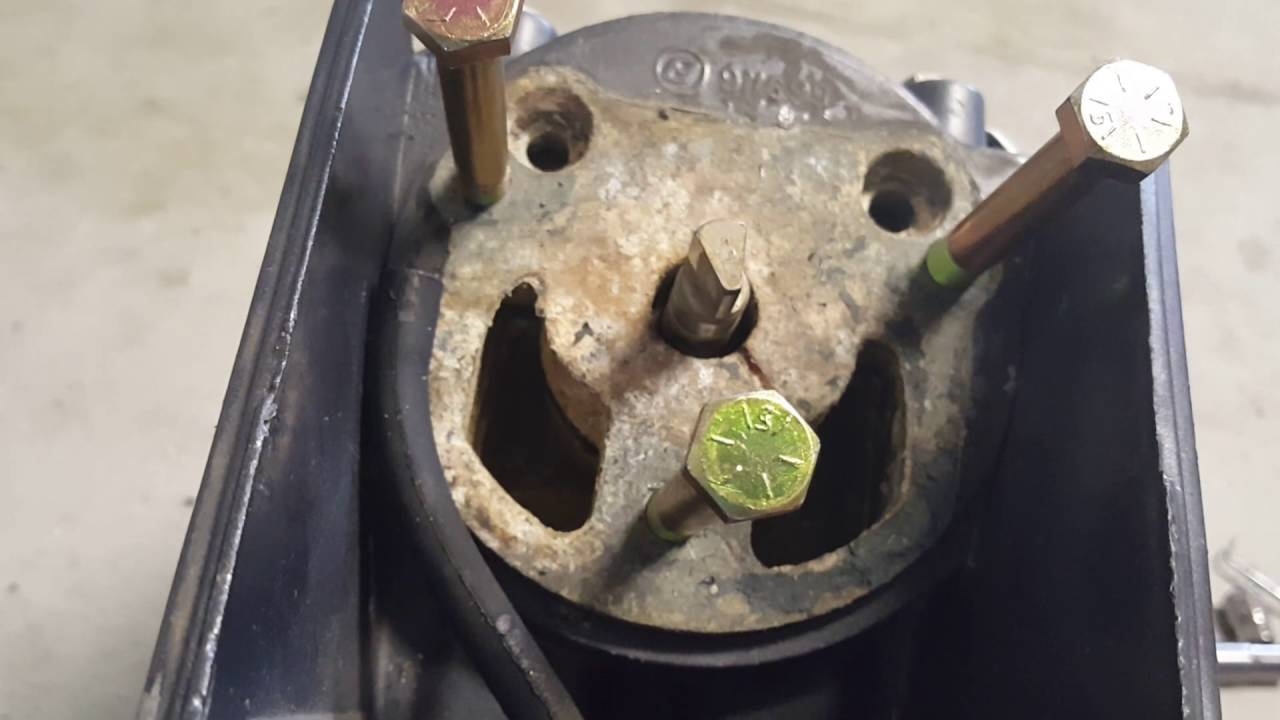
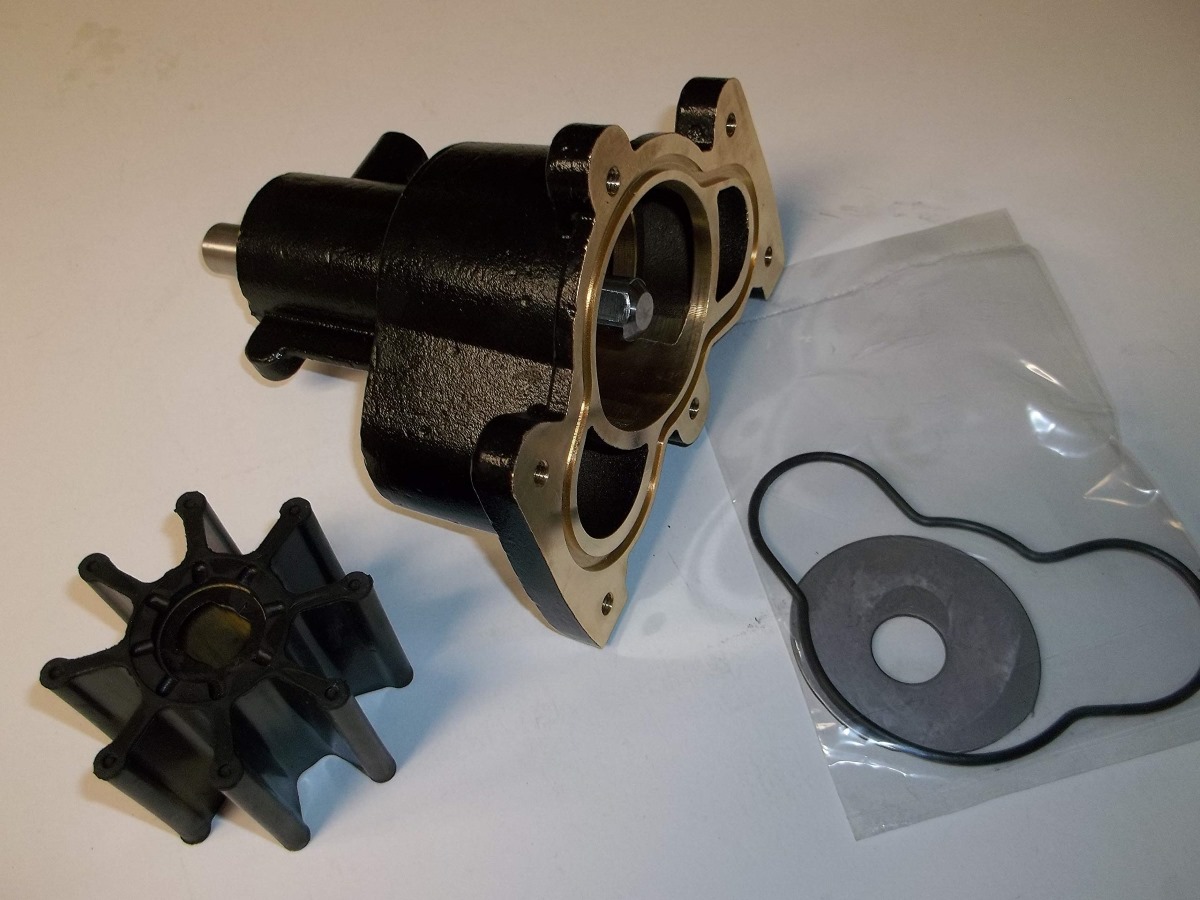
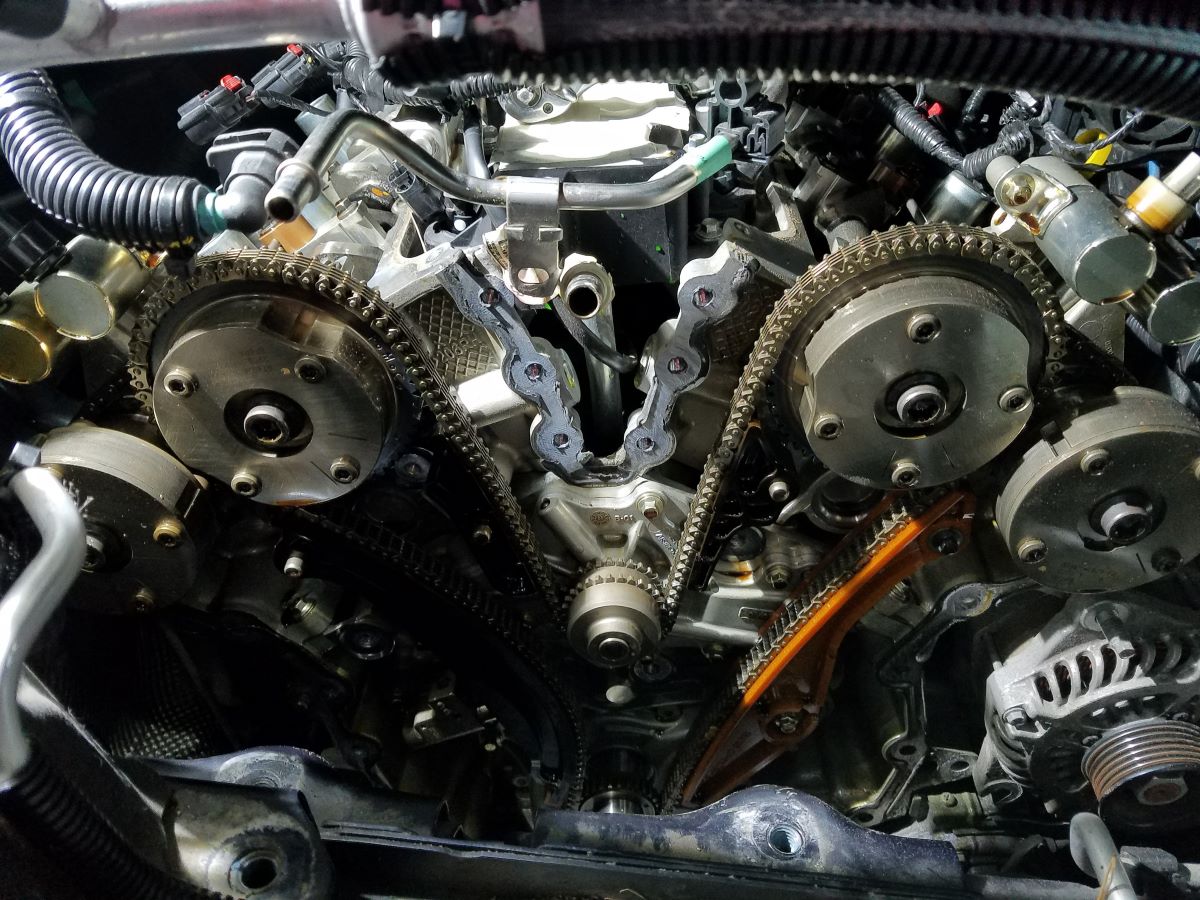

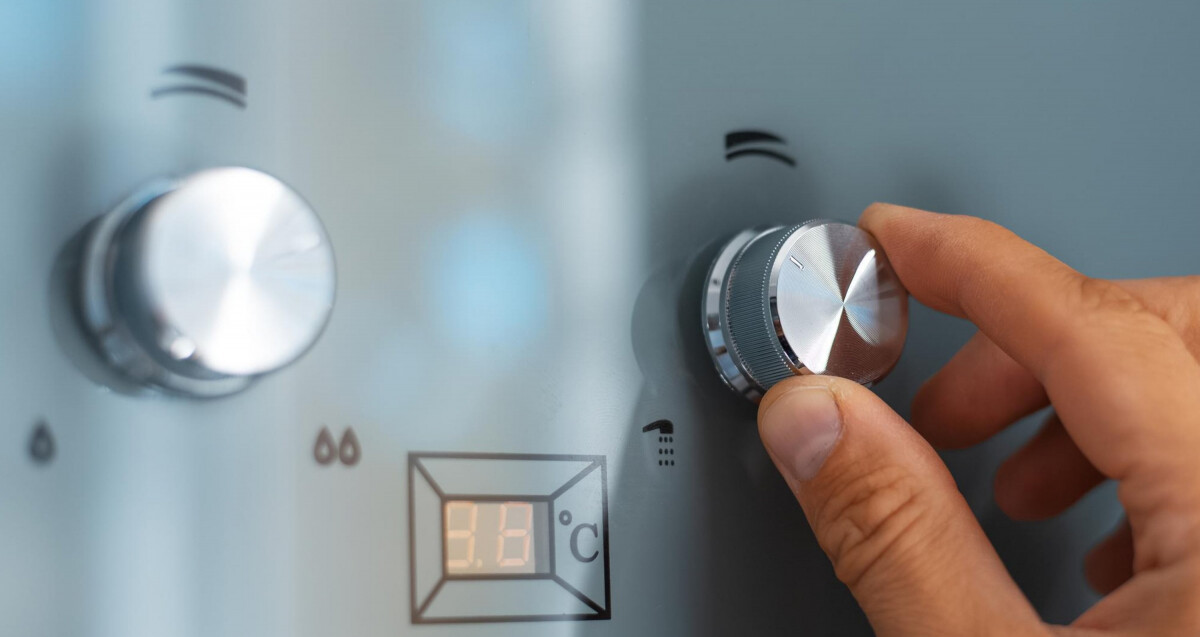
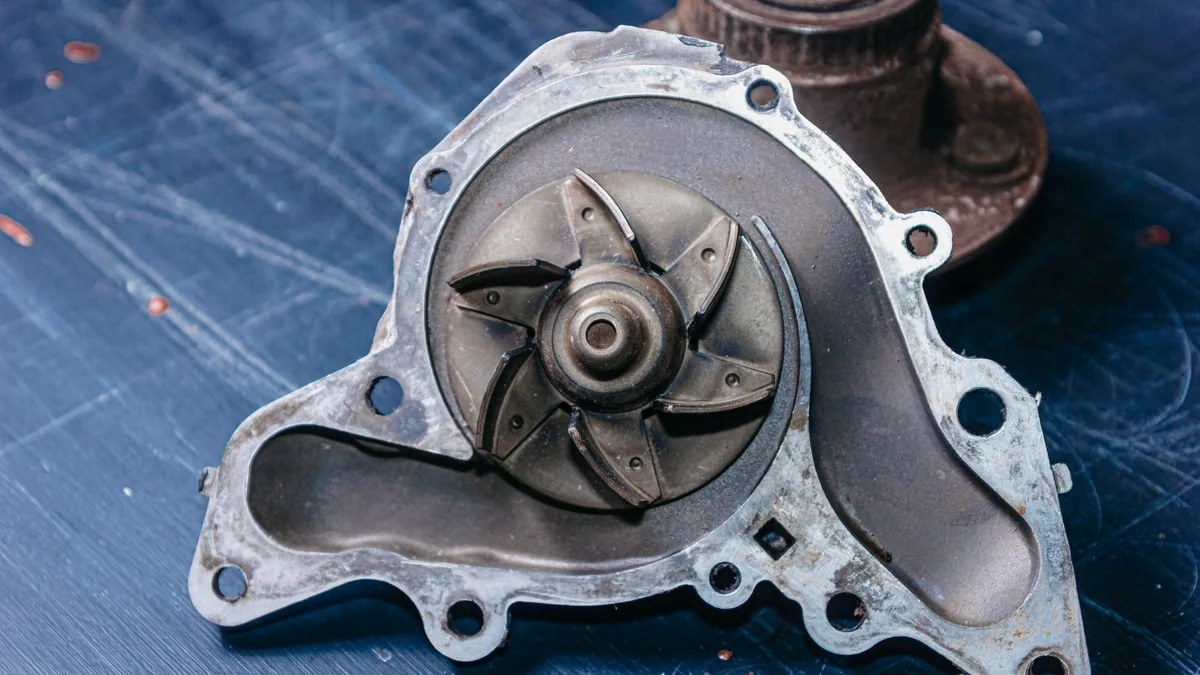

0 thoughts on “Should You Replace Thermostat When Replacing Water Pump”